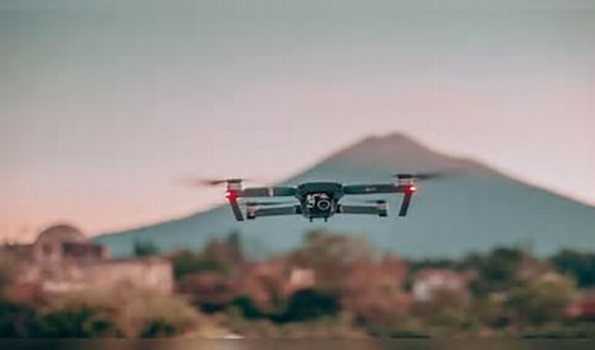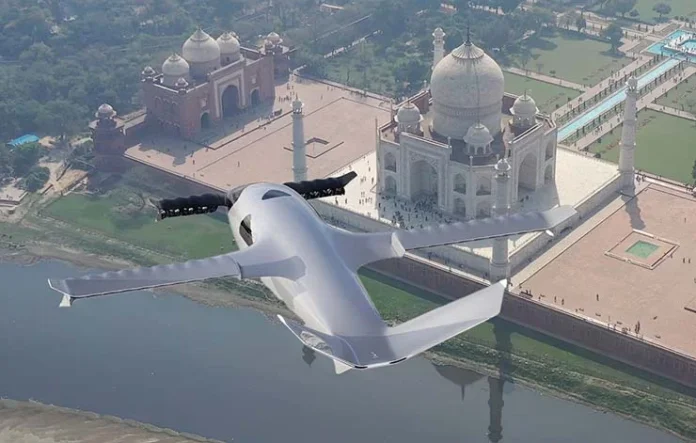
New Delhi: Zen Technologies announced the successful delivery of its innovative Zen Anti-Drone System with Hard-Kill (Zen ADS HK) capabilities to the Army Air Defence College in Gopalpur, Odisha. This marks a significant milestone in bolstering India’s defence capabilities against drone threats, reported CapitalMarkets.
Building upon its proven soft kill anti-drone systems deployed by the Indian Air Force, Zen ADS HK offers a new layer of protection. This advanced system integrates seamlessly with existing legacy defence infrastructure, featuring a state-of-the-art Electro-Optical Tracking System (EOTS) designed and developed in-house by Zen. The EOTS combines a day camera, thermal camera, and a Laser Range Finder (LRF) for effective all-weather auto-tracking.
RFDD detects the drone using Radio Frequency (RF) communication between drone and Ground control centre (GCC). This System is on continuous search mode on wide band of frequencies that are typically used by Drone and its GCC. Whenever a frequency of interest is identified, the system locks and monitors the signal. Based on the identified signal, system estimates the direction of Drone and its GCC. An array of receive antenna is used for estimation of direction of signal.
The day and night camera sensors are mounted on an automatic servo-based positioning system. This system receives commands for position from RFDD. Once positioned in the direction of interest, captures video and images of drone. VDIT is capable of capturing and tracking video up to a range of 3 Km. Video feeds are given to software module and video processing algorithms in the software automatically confirm the presence of drone and imitate tracking.
Detection of autonomous drones (flying without a link between drone and operator) using RFDD is not possible. RADAR forms the best choice to detect such threats. An X band 3D RADAR detects the drones as per the max range chosen and provides precise data about the target coordinates. RADAR provides both Azimuth and elevation data of the drone. The feed from the RADAR is integrated to the data fusion centre for effective remote monitoring of the threats.
User interface presents the comprehensive picture of threat situation. Data from RFDD, VDIT and RADAR is integrated at the command centre. Detection and classification algorithms based on RF data as well as visual data are built into this system. An integrated display system enables the display of the threat situation. This display system integrates the Map with zones of threat. Provision to define the area of monitor, zone of threat, zone of identification of threat etc. are given in the console. Spectrum and waterfall screens are also part of the software, which provide the complete picture of the detected emissions. A list of detected signals and Parameters such as Frequency and type of drone etc. are displayed.
Drone RF Jammer (DRFJ) is capable to disable the link between GCC and Drone, by jamming simultaneously ISM bands, GNSS signals, mobile signal and any other intercepted frequencies. The frequencies detected by RFDD are automatically taken and jamming waveforms are generated and radiated using the directional antennas. The system also supports user configured frequency to carry out the jamming action. A provision to manually feed the jammer frequencies is also given.
ZADS is offered with hard kill options. Kinetics based kill and a Net based drone catcher are the two options available in hard kill. Kinetic based neutralisation is supplied with a gun which can auto align to the target and fire bullets against the target to destroy the same physically. In order to capture the drone and land it at a safe place, net-based drone capture option can be employed. For this option, a dedicated drone with a hanging net will be launched to capture the rogue drone. This option is suitable for small rogue drones carrying potentially damaging explosives.





